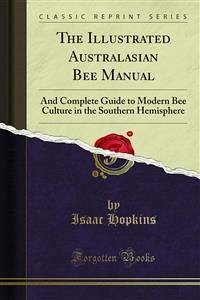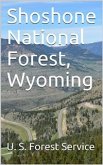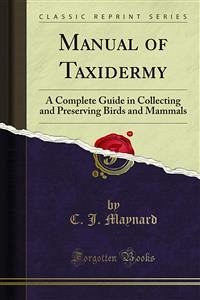The more important discoveries of fossils in the southern hemisphere have received, as a rule, very meagre notice in many of the text-books of Geology and Palaeontology published in England, Germany and America, and used by Australasian students. It is thought, therefore, that the time has arrived when an attempt should be made to collect the main facts bearing upon this subject, in order to present them from an Australasian standpoint. With this in view, references to fossils occurring in the northern hemisphere are subordinated, seeing that these may be easily obtained on reference to the accepted text-books in general use. The present work does not presume to furnish a complete record of Australasian palaeontology, since that would mean the production of a much more extensive and costly volume. Sufficient information is here given, however, to form a groundwork for the student of this section of natural science, and a guide to the collector of these “medals of creation.” The systematic portion of this book has been arranged primarily from the biological side, since Palaeontology is the “study of ancient life.” Taking each life-group, therefore, from the lowest to the highest types, all the divisions represented by fossils are dealt with in turn, beginning with their occurrence in the oldest rocks and ending with those in the newest strata. The author sincerely trusts that students may share the same pleasure which he has derived from the study of these relics of past life; and that the present attempt to show their relationship both in geological time and biological organisation, may be the means of inducing many to make further advances in this fascinating subject.









